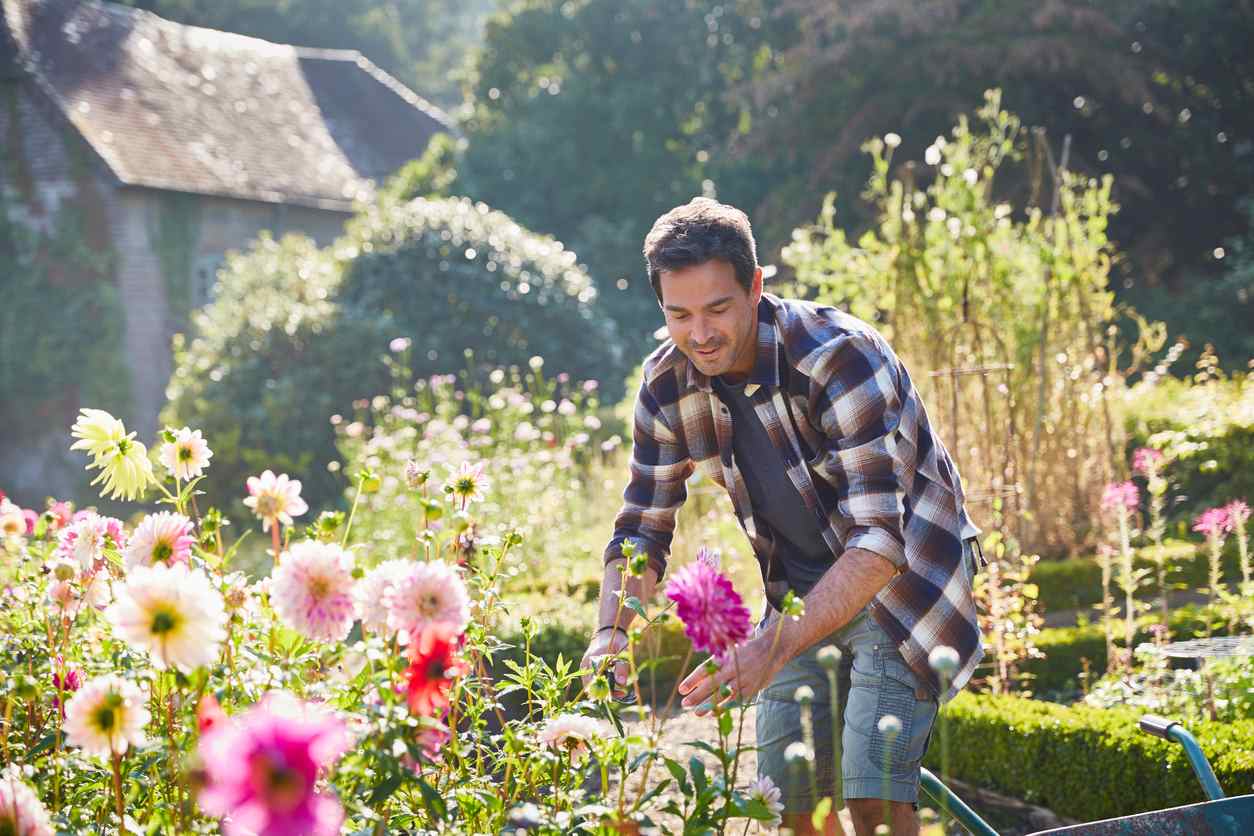
1. Trim the hedges
How tempting it is to arm yourself with your pruning shears or hedge trimmers, and go and trim the hedges to have a perfectly neat garden. But we must not forget that the month of April marks the start of nesting and that with your tools you risk destroying nests or putting them in view of predators.
This is why the Bird Protection League (LPO) recommends not pruning from March 15 to August 31. You can trim your hedges as soon as all the baby birds have fledged, in late summer or fall. This simple gesture contributes to the preservation of biodiversity.
2. Forgetting to prune spring-flowering shrubs
These trees and shrubs, such as forsythia, deutzia, Japanese quince, handkerchief tree, etc., are exceptions to the rule, because their flower buds form during the summer and bloom at the end of the year. ‘winter. We must therefore not forget to prune them immediately after floweringor shortly after, because they need this size to expand, gain vigor and produce new stems which will bear flowers the following year.
3. Mow the lawn too short
In this period when there is an alternation of rain and sun, the grass grows in record time. You may, like many others, be tempted to mow the lawn very short to delay the next mowing. This is a mistake, because at the beginning of spring, the weather is very capricious and the risk of frost is still very present. It is therefore advisable to keep the grass height of around 7 cm to preserve it and protect the roots from the cold.
4. Mow all grassy areas
Here too, before mowing the entire lawn, it is necessary to think in terms of biodiversity. If you cut everything down, you deprive pollinators and other insects of their food chain. It is therefore recommended to leave a space where the grass is taller to preserve biodiversity in your garden.
Furthermore, if when you mow your garden, the grass is very high, make sure that a hedgehog has not found refuge there so as not to risk injuring it and try to start mowing from the center of the area, to, if necessary, give him time to escape.
5. Cut foliage from flower bulbs
Daffodils, narcissus, tulips and other flower bulbs arrive at the end of flowering. When the flowers have faded, you may tend to reach for your pruning shears or scissors to cut off those leaves that you find unsightly and to make room for the next plants. This is a mistake, because it is important to let the foliage dry in place as this is how the bulb regenerates to flower the following year.
6. Over-fertilize
If we are tempted to fertilize our plants to ensure good growth, it is necessary not to go overboard. Indeed, too much fertilizer can also be bad for plants. You must therefore be moderate in your fertilizer inputs, especially since they have accumulated reserves throughout the fall.
An addition of fertilizer will be more optimal after flowering. Do not forget that Better not enough fertilizer than too muchbecause an excess can be fatal for the plant.
7. Sowing seeds in the ground too early
You have probably already done some sowing and others will follow, but again, no rush. Indeed, if you sow too early in the year, you expose those who are sensitive to cold to frosts which are still possible at the beginning of spring. Before sowing and to do so at the right time, it is therefore necessary to respect the needs of each plant and know the climate of your region.
However, light frosts will not necessarily damage the plants, but they will slow their growth. If you sow too early or the weather is bad, it is always possible to use winter sails.
8. Seedling indoors too early
Some sowing can be done indoors to have plants from the start of the summer season. But here again, there is no need to rush and you should not sow too early. Indeed, if your plants stay too long in their pot, they will vegetate and will take a little longer to restart.
In short, in all cases, it is necessary to sow at the right time depending on the growth rate of each plant and the climate. While this may seem a bit complicated at first, don’t hesitate to experiment and take notes. This way, over the years, you will know what works for you.
9. Water in the evening
In spring, your growing plants may need watering. But be careful not to make the mistake of watering them in the evening, as you would make them more vulnerable to night frosts. In this season, it is preferable to opt for morning watering and without excess so as not to risk rotting the roots.
Conversely, in the heart of summer, it is preferable to water in the evening.
10. Not stocking up on water
If you haven’t already done so, it is important to stock up on water reserves to allow you to water during the summer. Indeed, with episodes of drought becoming more and more common, it is important to have reserves of rainwater to continue watering the plants that will need it most during the summer. You can thus install water collectors.

